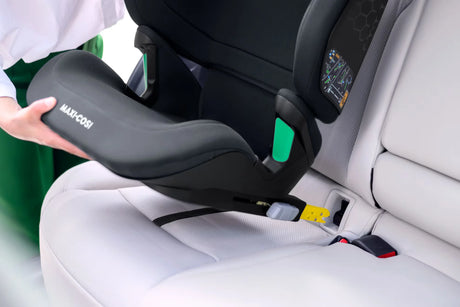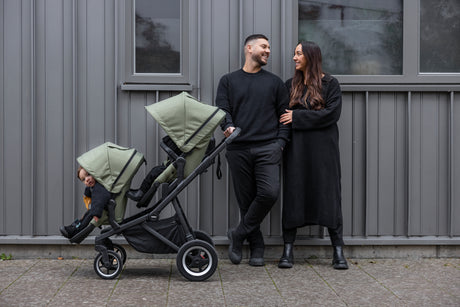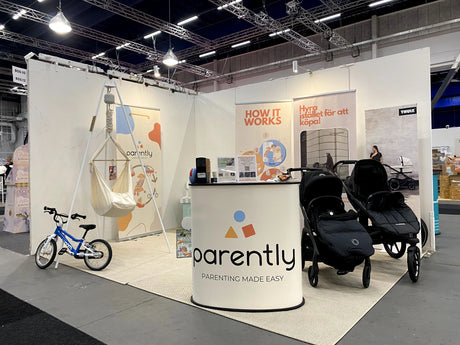Finding the right car seat is crucial for your child's safety during car rides. With so many options on the market, it can be difficult to know which seat is best suited for your child's age and developmental stage. In this article, we guide you through the different types of car seats and provide tips on how to choose the right seat for your child. Once you're familiar with this, you can navigate to our comprehensive guide where we compare our most popular car seats for three different age groups.
Stage 1: Newborns and Infants (0-12 months)

Rear-Facing Car Seats
For newborns and infants, a rear-facing car seat is the safest and most recommended type. The rear-facing position distributes crash forces over the child's head, neck, and back, reducing the risk of serious injuries.
Key Features to Look For:
- Adjustable harness and head support
- Easy installation with ISOFIX or seatbelt
- Removable and washable cover
Tips:
- Place the car seat in the back seat of the car, preferably in the middle if possible, to maximize safety.
- Regularly check that the harness is properly tightened and that the seat is securely installed.
Stage 2: Toddlers (1-4 years)

Rear-Facing Car Seats Remain Important
For toddlers, it's still best to use a rear-facing car seat for as long as possible, preferably up to 4-5 years. Many modern rear-facing seats are designed to accommodate larger children and have higher weight and height limits.
Key Features to Look For:
- High weight and height limits for rear-facing use
- Five-point harness for increased safety
- Adjustable features to grow with the child
Tips:
- Ensure that your child's head does not reach above the top of the seat.
- Continue using a rear-facing seat until your child reaches the maximum weight or height limit.
Stage 3: Preschoolers and Young Schoolchildren (4-7 years)

Forward-Facing Car Seats
When your child has outgrown their rear-facing car seat, it's time to switch to a forward-facing seat with a harness. These seats still offer high protection and often have comfortable features such as reclining positions and adjustable harnesses.
Key Features to Look For:
- Five-point harness
- Adjustable headrest and harness positions
- Crash-tested and approved according to safety standards
Tips:
- Install the seat correctly according to the manufacturer's instructions.
- Teach your child to sit properly with the harness correctly tightened throughout the car ride.
Step 4: Older Children (7-12 years)

Booster Seats
When your child has outgrown the forward-facing car seat, it's time for a booster seat. Booster seats help to elevate the child so that the car's seatbelt fits properly over their body.
Key Features to Look For:
- High back for extra protection and support
- Adjustable side-impact protection
- Removable and washable covers
Tips:
- Ensure that the car's seatbelt passes over your child's shoulder and hip, not their stomach or neck.
- Continue using the booster seat until your child is large enough to use the car's seatbelt without additional support, usually when they are around 150 cm tall.
Summary
Choosing the right car seat is an ongoing process that changes as your child grows. By following the guidelines for each age group and paying attention to key safety features, you can ensure that your child is protected throughout their development. Remember to always follow the manufacturer's recommendations and regularly check that the car seat is correctly installed and in good condition.
Investing time in finding the right car seat for your child's age and needs is an investment in their safety and your peace of mind. Road safety starts with the right choice of car seat!






